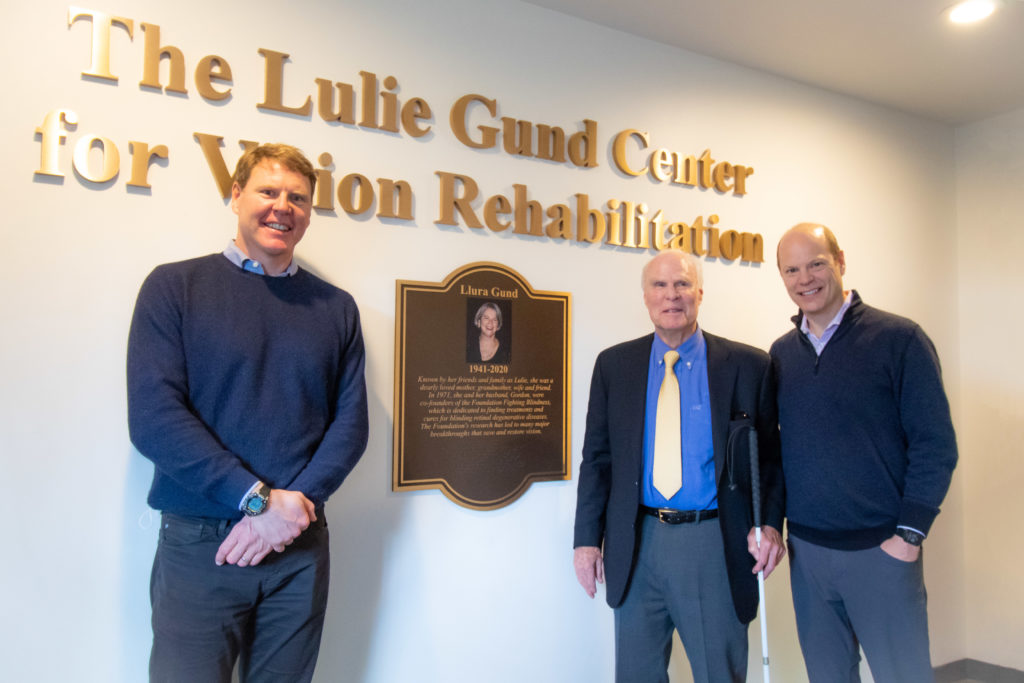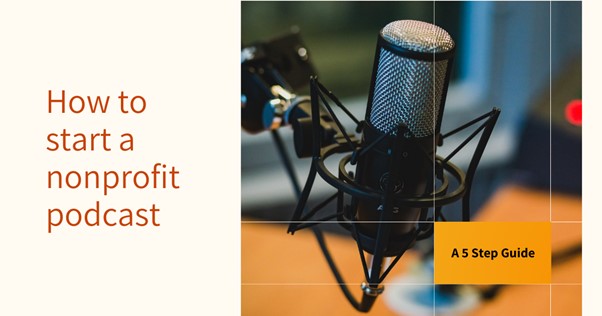
Gund Family Celebrates Carroll Center For The Blind
January 23, 2022Take Your Fundraising Outreach to the Next Level
January 25, 2022Jay Charara, “Start Your Own Nonprofit Podcast”

Jay Charara, “Start Your Own Nonprofit Podcast” reveals 5 steps to podcast success.
Have you ever considered creating a podcast for your nonprofit? Is podcasting right for a nonprofit? Does anyone listen to nonprofit podcasts? How easy is it to start a podcast? If you are looking for answers to all these questions then continue reading.
With the exponential rise in the digital media during the COVID-19 pandemic, we have seen a massive growth in podcast listenership in the past 12 months.
As per published report by Statista Research Department,
- As of 2020, there were over 15 million podcast listeners in the United Kingdom (UK). The audience is growing steadily as the popularity of podcasts increases, with forecasts predicting close to 20 million listeners by 2024
- Over the past decade, podcasts have become one of the most popular forms of (audio) entertainment in the UK
- Podcasts are most widespread among young audiences, with close to 40 percent of UK listeners aged 26 to 35 listening to podcasts on a weekly basis
- Smartphones are by far the most commonly used device to listen to podcasts
- A large share of UK audiences stated that they primarily listened to podcasts while driving or traveling
So what exactly is Podcast? It’s a series of recorded audio content (called episodes) that is focused on a particular topic or theme that is made available for downloading or listening via the internet. It’s a great way to promote your cause and educate your listeners.
The beauty of podcasts is that it is easily accessible from smartphone, tablet or computer using an in-built or pre-installed podcast app with 99% episodes are free. Of course for premium podcast content, you can use subscription services from Spotify, Apple Podcasts, Netflix etc.
There are millions of podcast episodes available to choose from. You can listen to what you want by selecting your favourite category, genre or niche. Plus, podcasts allow the listener to multi-task which is really great for busy people.
So, podcasting is definitely right for a nonprofit organisation that’s worth your efforts. However, you need to ensure that you have enough content and time to produce a series of episodes at regular intervals that have the power to attract new listeners and retain existing listeners.
To start your podcast, it’s very easy. Follow these 5 simple steps to create a podcast for your nonprofit.
Step #1: Create a podcast plan
Every nonprofit is different. You’ll need to
- First determine your target audience and demographics
- Research on topics that drive curiosity and engagement among the target audience
- Check out some of the popular podcasts around those topics on podcast directories or apps, what content format they use, Are those mostly interview series, behind the scenes, current event focus or just solo podcasts? How long are they? What do you especially like as a listener?
- Finally, brainstorm on what topics your nonprofit can bring something unique and interesting for listeners.
Step #2: Create your podcast brand elements
Choose your podcast name, podcast description, cover art and theme music that can grab listener’s attention and inform what is your podcast all about. To stay consistent, make use of your brand colors and fonts when creating your cover art. You can hire a designer or easily do it using Canva. Ensure to optimise your podcast description by adding relevant keywords so that it can be easily found when users are researching on search engines. For theme music, you can get intro and outro music from royalty free music platforms such as Pixabay, PremiumBeat, Soundsnap, Free Music Archive, Audiojungle etc or hire someone to create music for your organisation.
Step #3: Pick your podcast hosting platform
There are many podcasting hosting sites / platforms available today such as Anchor, Simplecast, Buzzsprout, Podbean, SoundCloud, Blubrry, Spreaker etc that you can choose from. Few things you need to consider while selecting a right podcast hosting provider are RSS feed support, automatic distribution to other podcast directories, price, and embeddable player (so that you can easily showcase your podcast on your website or blog).
Step #4: Record and Launch
To record your podcast, you will need a computer, good quality microphone and audio editing software like Audacity, Garageband, Adobe Audition etc. After recording is done, upload your podcast episodes on your selected podcast hosting platform. Distribute it manually or automatically (if it is offered by your podcast hosting platform) to top podcast directories. You can further promote it on your website, via email and on social media.
Step #5: Measure your podcast audience engagement
Most of the podcast hosting platforms provide analytics for your podcast performance. It will ideally provide you data points such as total plays, audience size, unique listeners, plays per episodes, top xx episodes, listener demographics (e.g. age, gender, location) etc. If you have embedded podcasts on your website / blog, you can review your Google Analytics to get insights about your website traffic on podcast episodes and referral traffic from podcast directories.
Happy Podcasting!
